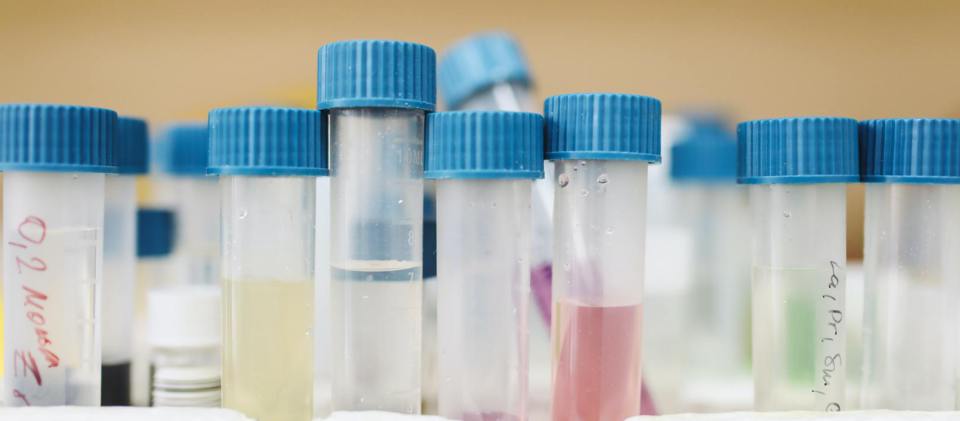
Chlorination Services Terminology Glossary
Below we have listed some of the common terminology used in our business to help you understand the chlorination/disinfection process.
Drinking Water Chlorination
This is a process where chlorine is added to the water to kill harmful pathogens such as bacteria and viruses making the water safe for human consumption. It helps prevent the spread of waterborne disease and is one of the biggest advancements made in public health.
Microbiological sampling
This is where we sample water to check if the water is free of contaminations and safe to drink. Commonly samples for E.coli, coliforms and 2 & 3 day plate counts (total viable counts) are collected after a system has been chlorinated. All our laboratory samples are UKAS certified - this is the industry standard for testing procedures in the UK.
Legionella
This bacteria is a harmful pathogen and exposure can lead to Legionnaires disease.
Sodium hypochlorite
This is a solution sometimes known as liquid chlorine; it is an effective and common disinfectant with widespread use in the water industry.
Chlorination site certificate
This certificate demonstrates that your water system has gone through a recognised and approved disinfection process and is safe, clean and ready to use.
Dechlorination
To remove chlorine from water - chlorine is hazardous to the aquatic environment and must be neutralized prior to discharge to the environment. We use a salt known as sodium thiosulphate for this process.
Chlorine residual
Chlorine is present in most public water supplies. As part of the chlorination process the background residual is measured using a photometer at the start and end of the process to ensure all high level chlorine has been removed from the system.
Turbidity
Turbidity refers to the clarity of the water - highly turbid water may carry suspended matter and reduce the efficiency of disinfection processes.

